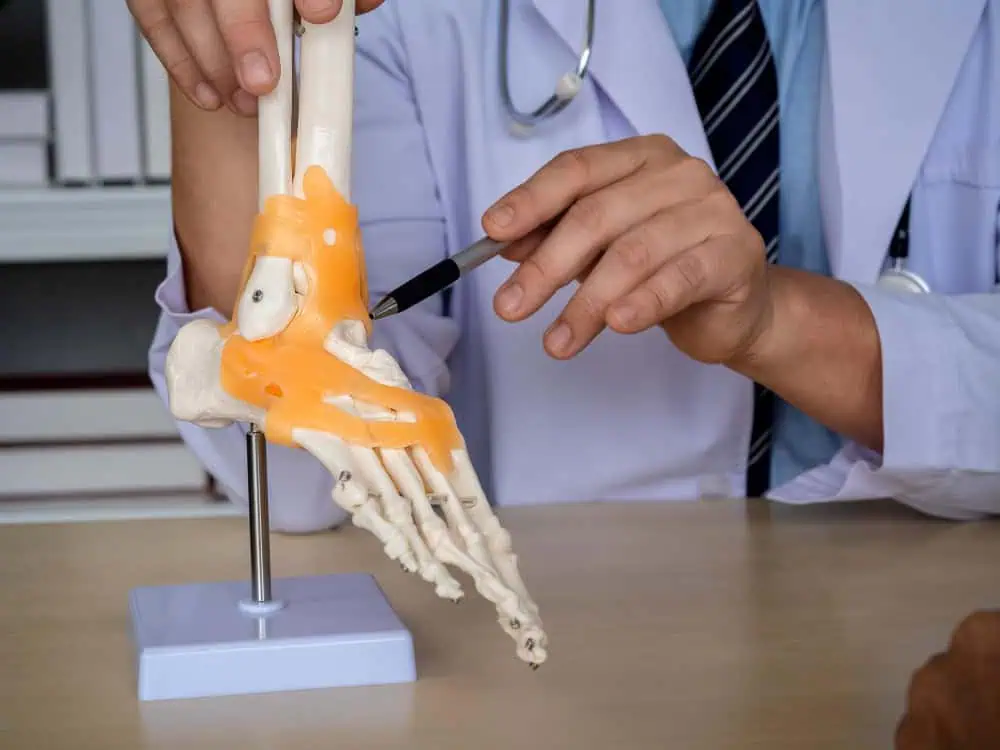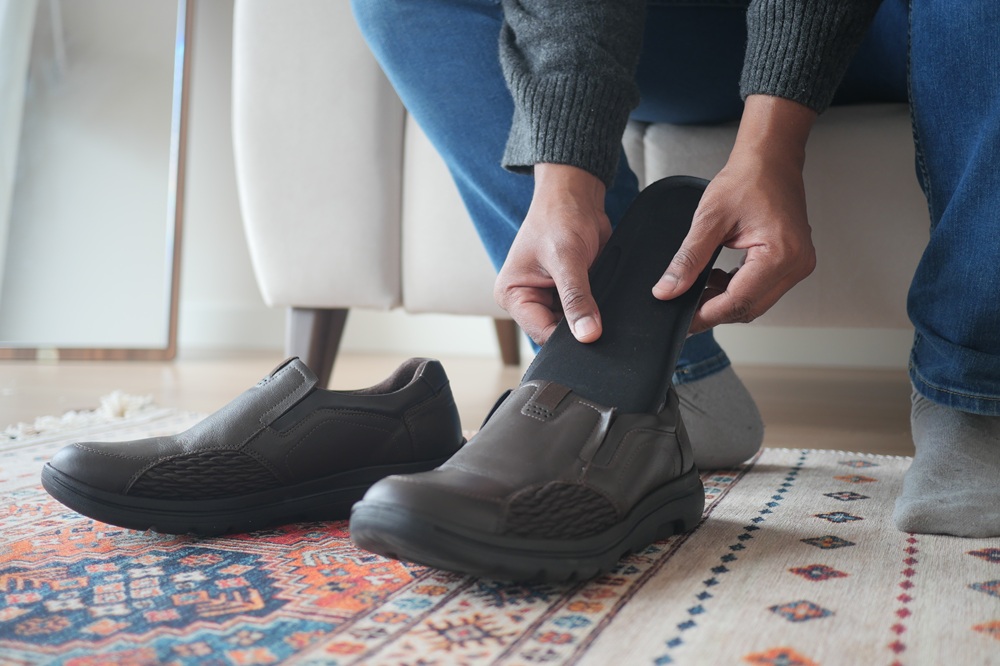MBA Subtalar Arthroereisis Overview
A common procedure used to remedy ‘Flatfoot’ is MBA Subtalar Arthroereisis, a form of reconstructive foot surgery.
Flatfoot is a common term used by health care professionals and lay people alike. ‘Excessive pronation of the foot’ is a more accurate term because, as well as a lowered medial longitudinal arch, the Flatfoot may also present the following clinical signs:
- Eversion of the heel (outside of the heel turned out)
- Bulging of the talus as it adducts out of the talonavicular joint (large bulge on the inside of the left ankle)
- Abduction of the forefoot (being able to see the little toes on the outside of the foot from the back).
One surgical option that has become the treatment of choice for many surgeons is the MBA implant. The Subtalar MBA implant is small soft-threaded titanium device that is inserted into a small opening called the sinus tarsi. The placement of the implant restores the arch by preventing the displacement of the talus and by preventing the foot from rolling-in (pronating). Tissue grows normally around the implant and aids in holding it in place. It is like an “internal orthotic.”
Benefits of the MBA Subtalar Arthroereisis
- Procedure is easily reversible
- No holes are drilled or bone is removed
- No bone cement is used
- Less chance of infection
- Improved gait and appearance
- Decrease in pain and tiring of the feet and legs
Now offering the Absorbable MBA implant for the treatment of Flat Feet and Posterior Tibial Tendon Dysfunction:
1.) The incision over the sinus tarsi is marked, making sure to identify nearby anatomical structures.
2.) After the incision is made, a guide pin is inserted across the sinus tarsi to identify the angle of the joint.
3.) A series of joint spacers are placed across the guide pin to identify the correct implant size.
4.) Once the correct size is determined, a sterile implant is opened and placed in normal sterile saline.
5.) The implant is then placed on the guide wire and inserted into the sinus tarsi joint
6.) After the implant is placed in the joint, the skin is closed with suture
7.) A cast is then placed on the foot, and crutches are used from 2-8 weeks depending on additional procedures needed.
8.) Post Operative X-Ray showing the implant securely in the sinus tarsi
If you have any questions or would like to schedule an appointment, simply send us a note by clicking here!
Best Regards, We Treat Feet Podiatry Team





